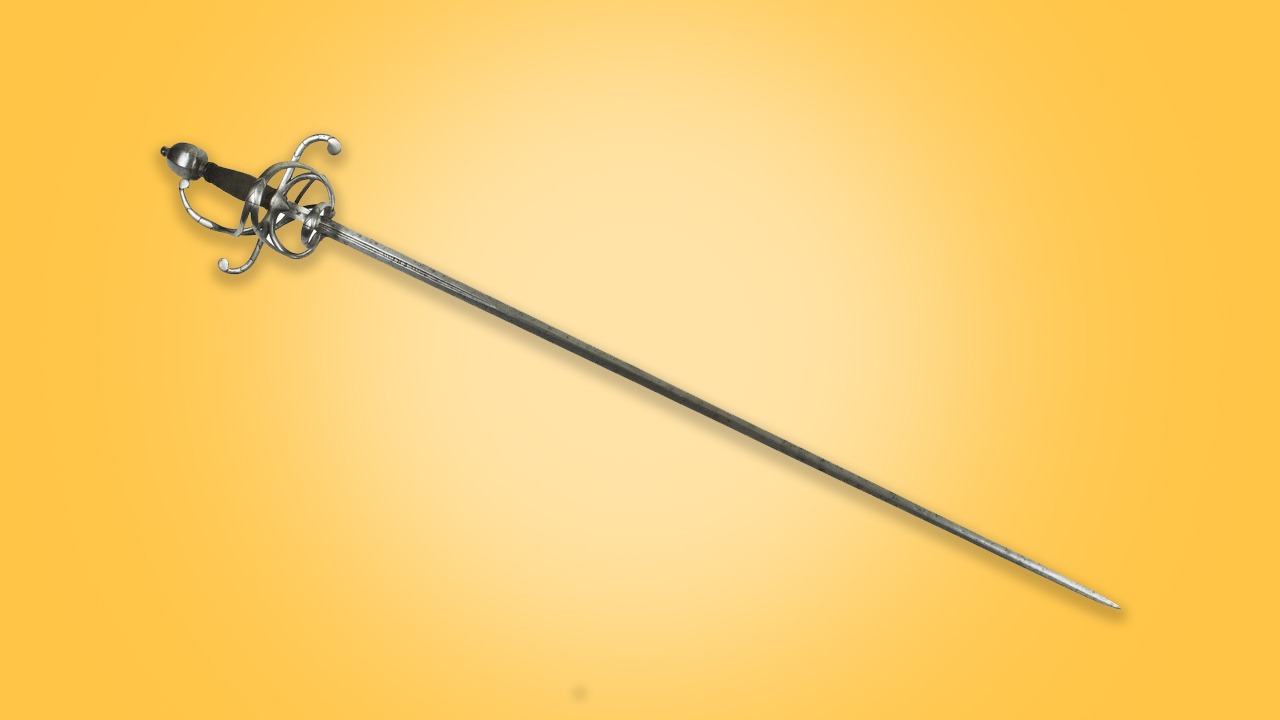Introduction:
The rapier, a slender and graceful sword, has captured the imagination of martial artists, historians, and enthusiasts for centuries. Renowned for its elegance and precision, the rapier emerged as a prominent weapon during the Renaissance period, and its influence continues to resonate in contemporary swordsmanship. In this article, we delve into the rich history, distinctive characteristics, and enduring legacy of the rapier.
A Historical Journey:
The origins of the rapier can be traced back to 16th-century Europe, particularly to Spain and Italy, where it found favor among the nobility and fencing masters. As a weapon of self-defense rather than a battlefield tool, the rapier's design emphasized agility, speed, and accuracy. It marked a significant departure from the heavier, more cumbersome swords of the medieval era.
Distinctive Features:
The rapier's most notable feature is its slender, double-edged blade, typically measuring around 90-110 centimeters (35-43 inches) in length. The blade's narrow profile allowed for quick movements, precise thrusts, and parries, making it ideal for dueling and one-on-one combat. Additionally, the hilt of the rapier incorporated a complex system of handguards, known as quillons, which protected the wielder's hand from enemy strikes while providing a firm grip.
Unleashing Technique and Skill:
Mastery of the rapier required finesse, agility, and a deep understanding of technique. Rapier fencing revolved around the concept of "la verdadera destreza" (the true skill), an intricate system of principles and maneuvers. Fencers were trained to rely on speed, timing, and footwork to exploit their opponent's weaknesses with lightning-fast thrusts and precise parries. The rapier's balance and agility allowed for intricate and fluid movements, making it a preferred weapon for the art of dueling.
Evolution and Influence:
Over time, the rapier underwent stylistic changes and adaptations as fencing techniques evolved. The transitional rapier, also known as the "cut-and-thrust" rapier, incorporated a broader blade, allowing for both thrusting and cutting actions. This evolution reflected the changing nature of combat and the increasing influence of firearms on the battlefield.
Legacy and Modern Practice:
Although the rapier lost its prominence as a weapon of self-defense with the advent of firearms, its legacy endures. Modern practitioners of historical European martial arts (HEMA) have revived the art of rapier fencing, meticulously studying historical treatises and manuscripts to recreate the techniques and strategies of the past. These dedicated enthusiasts engage in lively tournaments and exchanges, keeping the spirit of the rapier alive and embracing its rich heritage.
Conclusion:
The rapier stands as a testament to the refinement and sophistication of Renaissance swordsmanship. Its slender blade, intricate hilt, and emphasis on precision and speed make it an iconic symbol of elegance and skill. From its origins in 16th-century Europe to its influence on modern-day HEMA practitioners, the rapier continues to captivate and inspire individuals seeking to delve into the art of swordsmanship.

Comments